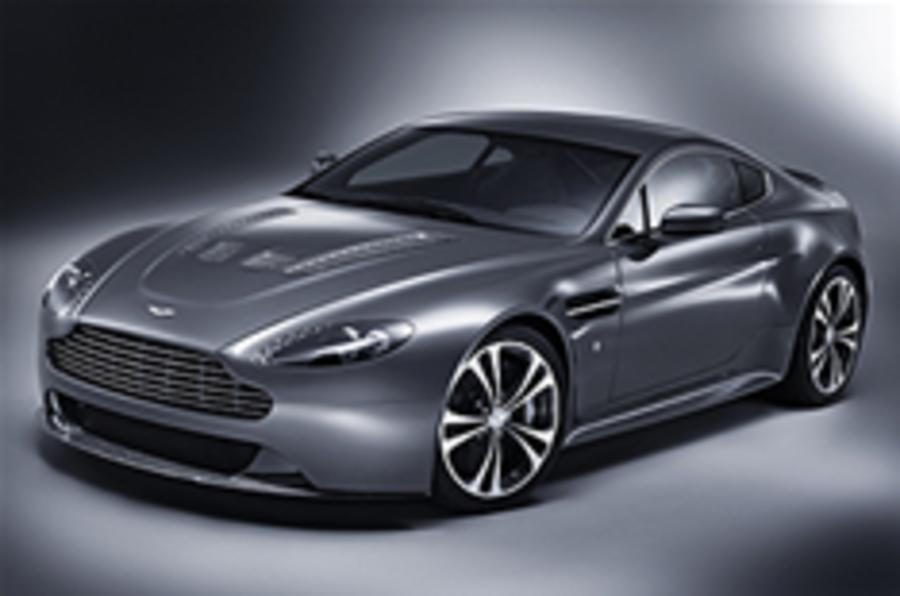This is the new Aston Martin V12 Vantage, a car that Aston has described as “the most potent sports car in this marque’s 95-year history”.
The Aston Martin V12 Vantage will make its public debut at the Geneva show in early March, ahead of an on-sale date in May. Although the final price has not been fixed, it’s expected to cost around £140,000. Aston is aiming to build a total of 1000 examples.
The six-speed manual Aston Martin V12 Vantage has 510bhp and 420lb ft on tap from its 6.0-litre engine. Aston claims the car will hit 60mph in just 4.1sec and run on to 190mph.
Despite the hardcore looks and specification, the Aston Martin V12 Vantage is described as very different in character from the DBS and V8, being “driver-focused but usable” and benefiting from “phenomenal levels of grip”.
The Vantage V12 concept was first seen in December 2007. It has received extensive styling changes, including a new bonnet, grille, front splitter, sill extensions, rear bumper and boot lid.
Read Hilton Holloway's blog on why a turbo V8 might have been better Read Steve Cropley's blog on driving the Aston Martin Vantage V12 prototype
Paul Barratt, chief platform manager for the project, says the biggest engineering hurdle was fitting the longer and heavier V12 engine into the smaller V8 chassis.
Aside from repositioning the cooling pack, Barratt’s engineers had to make changes to the engine and the chassis structure ahead of the front suspension towers.
The Vantage’s low bonnet line and lower ride height than the DB-series cars meant Barratt’s team had to slim down the sump depth by 15mm. They also had to re-engineer the sump’s internal baffles to take account of the Aston Martin V12 Vantage’s ability to pull “1.2 to 1.3 lateral g with some even higher spikes” during hard driving.
A bigger engine in a smaller space could have caused overheating, but Barratt told Autocar that a combination of the bonnet’s vents and the lack of an undertray meant that “heat management was not as big a problem as it might have been”.
Some of the castings in the chassis’ front end were redesigned to help free up space and allow sufficient cooling for the carbon-ceramic brake discs (398mm in diameter up front, 360mm at the rear). A new grille with fewer slats has also been adopted.
The V12 Vantage gets dramatically increased spring rates, up by 80 per cent at the front and 45 per cent at the rear.





Add your comment